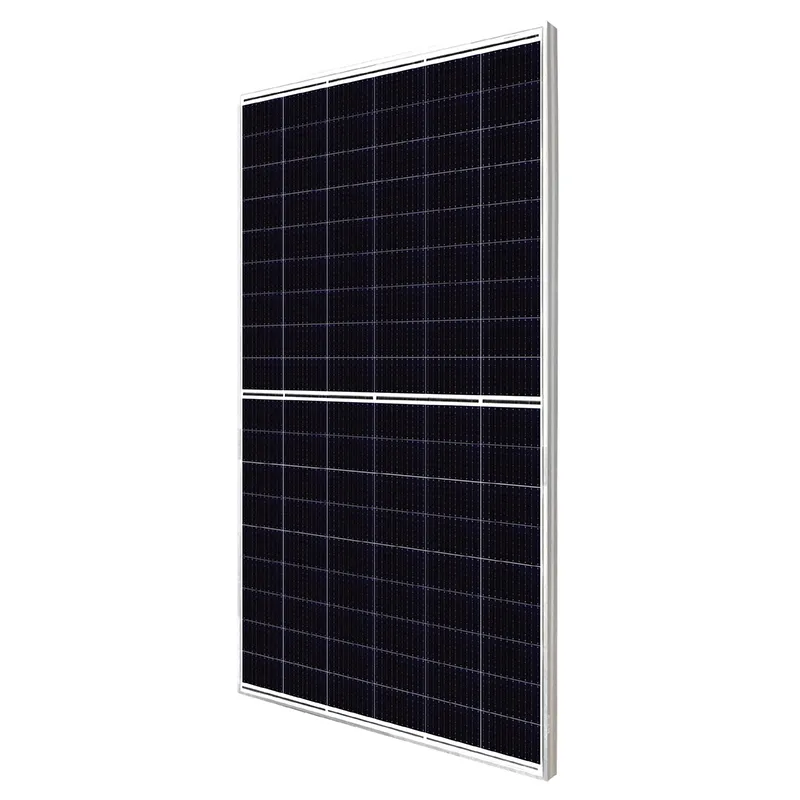bipv solar panels
Building-Integrated Photovoltaics (BIPV) Revolutionizing Solar Energy Use
In recent years, the construction and energy sectors have seen a transformative shift toward sustainable practices. One of the most promising innovations in this realm is Building-Integrated Photovoltaics (BIPV). BIPV technologies seamlessly integrate solar energy generation into building structures, providing an aesthetically pleasing and functional solution to energy demands. This article explores the significance, benefits, and future prospects of BIPV solar panels.
Understanding BIPV Technology
BIPV refers to the integration of photovoltaic materials into the building envelope, such as roofs, windows, and facades. Unlike traditional solar panels that are mounted on top of existing structures, BIPV systems serve dual purposes they act as building materials while simultaneously generating electricity. This integration can take various forms, including solar shingles, solar glass, and solar facades, each designed to blend with the building’s architecture.
The technology behind BIPV has advanced significantly over the past decade, driven by innovations in materials science and engineering. Modern BIPV systems are often made from high-efficiency crystalline silicon or thin-film solar cells, enabling them to capture sunlight effectively while maintaining aesthetic value.
Benefits of BIPV Solar Panels
1. Space-Efficiency One of the most compelling advantages of BIPV is the efficient use of space. Traditional solar panels require additional land or rooftop space, which can be a limiting factor for urban developments. BIPV eliminates this need by replacing conventional building materials with energy-generating surfaces. This dual use of space is especially valuable in densely populated areas.
2. Aesthetic Appeal BIPV systems are designed to integrate seamlessly into the building’s design. This aesthetic advantage can significantly increase the appeal of a property. Many designers and architects prefer BIPV because it allows for innovative and flexible design solutions that can enhance the overall look of a building without compromising functionality.
3. Energy Savings By generating electricity on-site, BIPV systems can drastically reduce energy bills. Buildings equipped with BIPV can produce a significant portion of their energy needs, decreasing reliance on external energy sources and contributing to lower greenhouse gas emissions. This self-sufficiency not only provides financial benefits but also bolsters energy security.
bipv solar panels

4. Environmental Impact The construction industry is a significant contributor to global carbon emissions. By incorporating BIPV, buildings can reduce their carbon footprint. Additionally, the manufacturing of BIPV materials is increasingly incorporating sustainable practices, thereby aligning with broader environmental goals.
Challenges and Considerations
Despite the numerous advantages, BIPV also faces challenges. High initial costs remain a significant barrier to widespread adoption. The price of cutting-edge materials and installation can be prohibitive, particularly for smaller projects. However, as technology advances and economies of scale come into play, these costs are expected to decrease.
Furthermore, the efficiency of BIPV systems can vary based on their design and installation. Factors such as orientation, shading, and regional climate play crucial roles in determining overall energy output. Therefore, careful planning and consideration are essential when integrating BIPV into new or existing buildings.
Future of BIPV
The future of BIPV appears bright as innovations continue to emerge. The global push toward renewable energy, coupled with stricter building codes focusing on sustainability, is expected to drive the adoption of BIPV systems. Emerging technologies, such as Building-Integrated Solar Thermal systems and advancements in material efficiency, will make BIPV an even more compelling choice for architects and builders.
Moreover, governments and institutions are increasingly offering incentives for renewable energy installations, including BIPV. These incentives can help offset costs and encourage the adoption of this sustainable technology.
Conclusion
Building-Integrated Photovoltaics represent a significant advancement in the quest for sustainable architecture and energy efficiency. By turning buildings into power generators, BIPV not only addresses energy needs but also enhances the aesthetic appeal of structures while contributing to environmental conservation. As technology continues to evolve and costs decrease, BIPV has the potential to redefine how we think about energy generation in the built environment, ultimately leading to a greener and more sustainable future.
-
String Solar Inverter: The High-Efficiency Solution for Smart Solar EnergyNewsJul.14,2025
-
Revolutionizing Rooftop Energy with the Power of the Micro Solar InverterNewsJul.14,2025
-
Power Independence with Smart Off Grid Solar Inverter SolutionsNewsJul.14,2025
-
On Grid Solar Inverter: Powering the Future with Smart Grid IntegrationNewsJul.14,2025
-
Monocrystalline Solar Panels: High-Efficiency Power for the Future of Clean EnergyNewsJul.14,2025
-
Bifacial Solar Panel: A Smarter Investment for Next-Generation Energy SystemsNewsJul.14,2025







